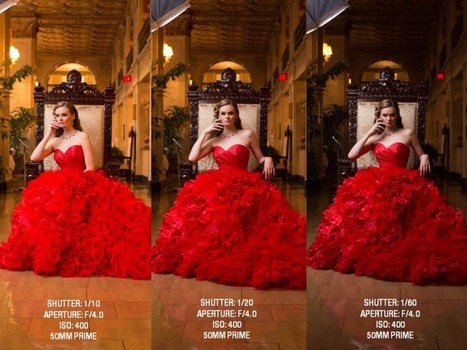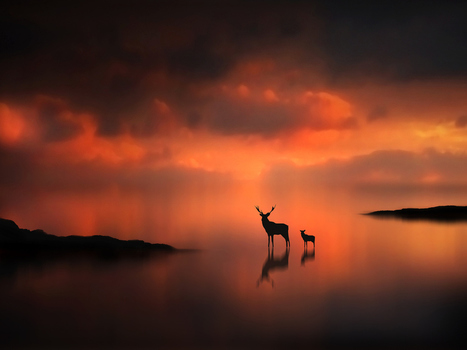No need for background lights to light up a location, I would just use the natural ambiance of the location and then incorporate artificial light on the subject. This is where the whole "one light-mimicking daylight" comes into play.
Research and publish the best content.
Get Started for FREE
Sign up with Facebook Sign up with X
I don't have a Facebook or a X account
Already have an account: Login
News about mobile and digital photography, photo apps, effects, tips and photo galleries
Curated by
Hovhannes
 Your new post is loading... Your new post is loading...
 Your new post is loading... Your new post is loading...
No comment yet.
Sign up to comment
|
|












When we are without daylight, what can we do to illuminate a photograph? A set up of lights, how can you mimick daylight. Photographers Joey L, Miller Mobley and Annie Leibovitz have done just this, using strobes...read more from this article to see what you can do to work on your lighting.